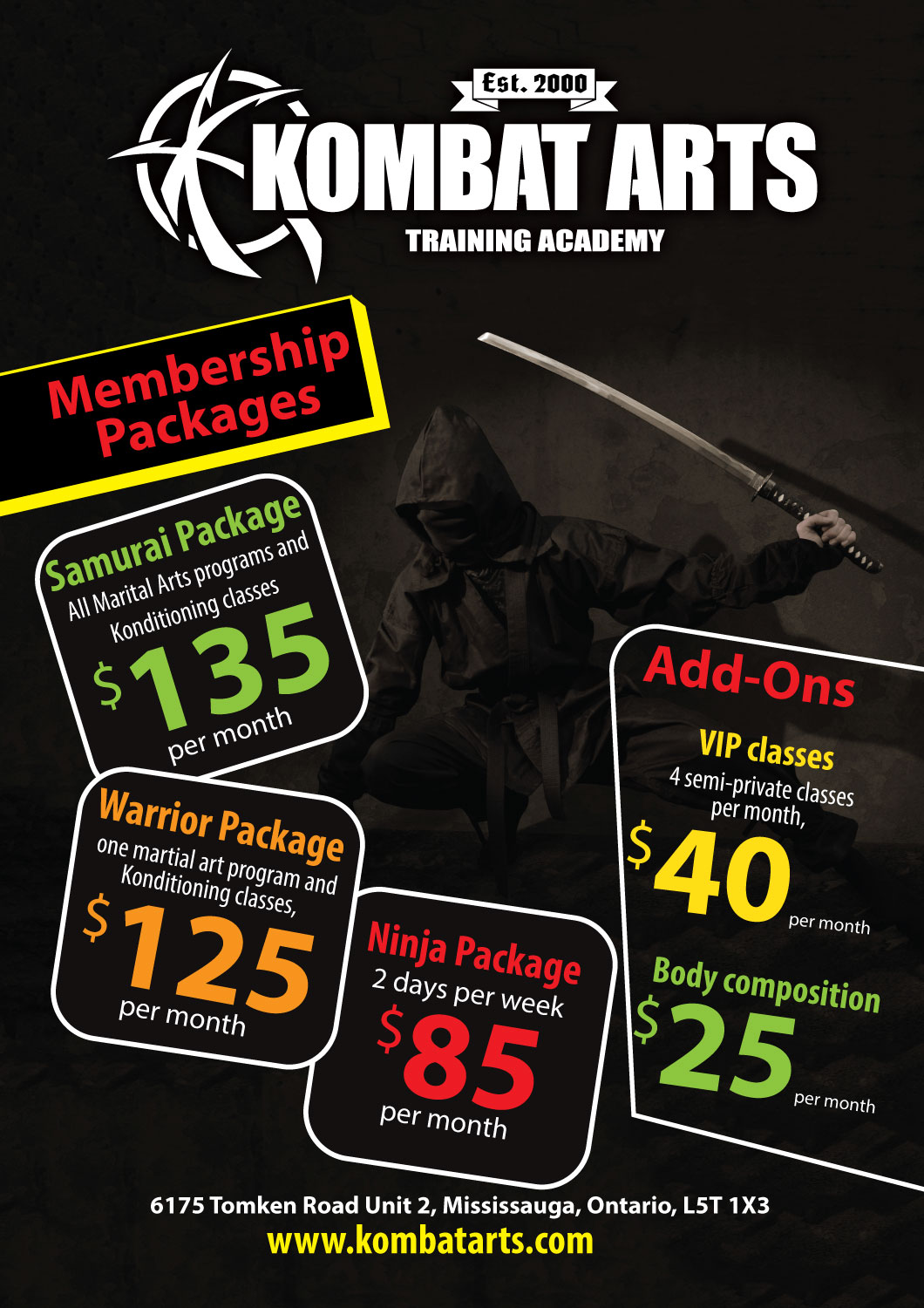Comprehending The Basic Distinctions Between Typical Martial Arts And Modern Fight Sports
Comprehending The Basic Distinctions Between Typical Martial Arts And Modern Fight Sports
Blog Article
Write-Up Written By-Thuesen Hovgaard
When you think about martial arts, do you lean more toward the standard techniques or the modern-day combat sporting activities? Each path supplies unique benefits and experiences, formed by their approaches and training approaches. Standard martial arts highlight personal development and discipline, while contemporary battle sporting activities concentrate on competitors and performance. Recognizing these differences can lead you in selecting the appropriate strategy for your journey. But exactly how do these distinctions manifest in training and ideology?
The Ideology and Background Behind Traditional Martial arts
While many individuals connect martial arts with physical combat, the philosophy and history behind conventional martial arts run much deeper. https://thescriptlab.com/blogs/38794-from-mifune-to-michelangelo-a-brief-history-of-martial-arts-movies/ 'll discover that these techniques highlight individual growth, technique, and regard.
Stemming from ancient practices, typical martial arts were frequently established for Self-Defense and spiritual growth. They symbolize concepts such as equilibrium, harmony, and self-control, directing specialists beyond plain battling abilities.
As you train, you'll not only discover strategies however also get insights into the culture and values that shaped these arts. The routines and customs, usually given with generations, promote a sense of area and belonging.
The Competitive Nature of Modern Combat Sports
Modern fight sports have transformed the landscape of martial arts into an extremely affordable field, where athletes challenge in a test of ability, technique, and endurance.
You'll discover that competitors are often organized with strict guidelines and policies, ensuring fair play and security. why martial arts is important in criminology bring in large target markets, fueling the excitement and strength of matches.
Professional athletes educate carefully, not just for physical expertise but likewise for mental toughness, knowing that every detail counts in the ring. The adrenaline rush during competitors is apparent, as fighters push their restrictions to declare victory.
Followers value the athleticism and creativity included, making contemporary combat sports a thrilling spectacle that remains to advance and mesmerize fanatics worldwide.
Training Approaches and Methods: A Relative Evaluation
The competitive atmosphere of modern-day combat sports needs ingenious training methods that differ significantly from conventional martial arts.
In contemporary training, you'll concentrate on certain techniques, sparring, and conditioning, commonly using drills that mimic genuine fight situations. You'll see a focus on quantifiable performance and constant competition to analyze your skills.
On the other hand, typical martial arts prioritize types, katas, and thoughtful trainings, typically emphasizing discipline and regard over competition.
Training is usually less extreme and might involve repetitive technique rather than real-time sparring.
While both methods construct ability and physical fitness, modern-day battle sporting activities give a more dynamic and versatile training atmosphere, preparing you for prompt challenges in the ring or cage.
Pick the course that straightens with your objectives and interests.
Verdict
In selecting between traditional martial arts and contemporary fight sporting activities, it truly boils down to what you value many. If you're looking for personal development, technique, and a feeling of community, typical arts might be your finest fit. But if you grow on competitors and real-time difficulties, modern-day battle sports could be the method to go. Eventually, both paths offer distinct benefits, so it's all about aligning your training with your individual goals and passions.
